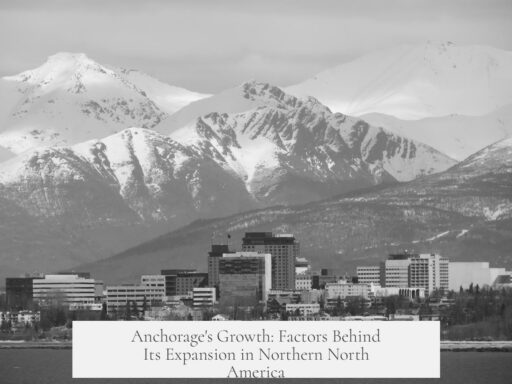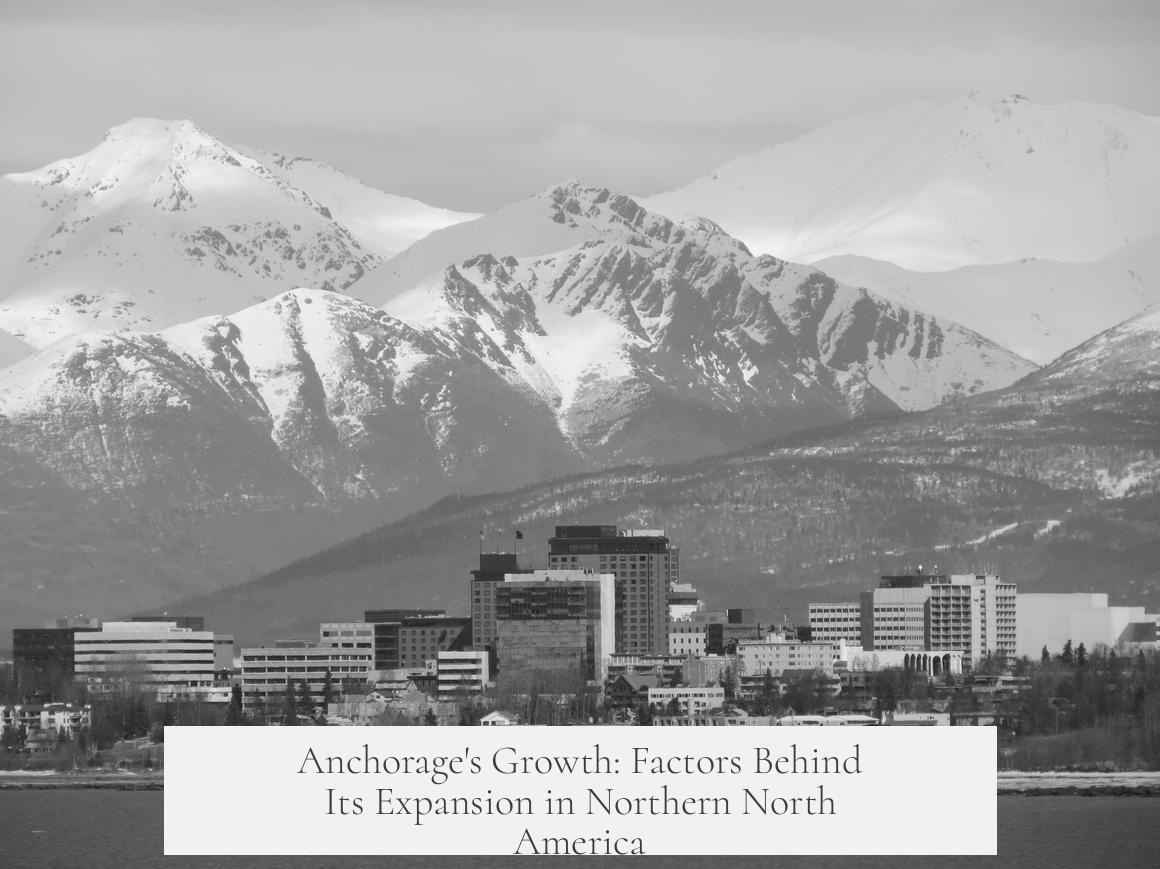Anchorage became far larger than other northern North American settlements through a series of strategic developments focused on location, military significance, transportation, and economic opportunity. Established in 1914 to support the construction of the Alaska Railroad, Anchorage was positioned along the key rail route from Fairbanks to Seward, providing access to a deep, ice-free harbor. This early infrastructure laid the foundation for growth, but Anchorage initially remained similar in size to other Alaskan cities like Fairbanks and smaller than Juneau and Ketchikan by 1940.
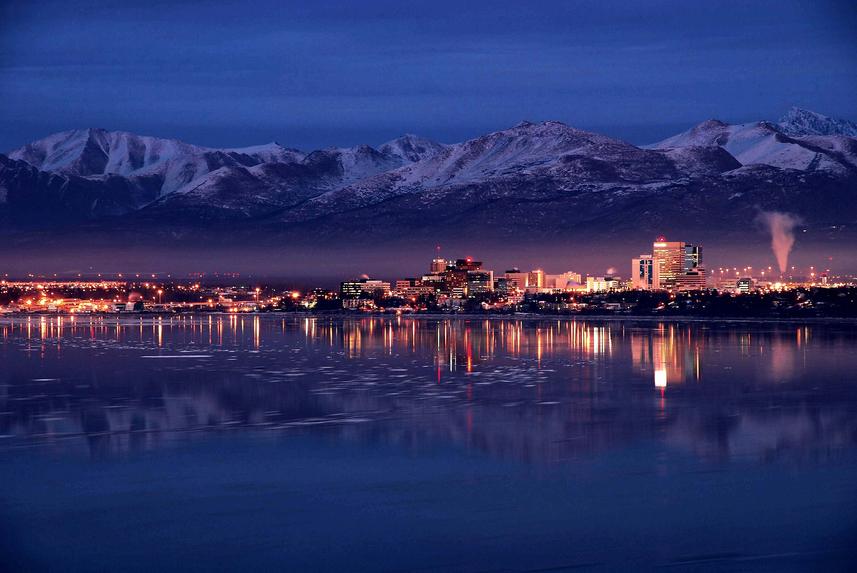
The major expansion began during World War II when Anchorage’s strategic location on trans-Pacific sea and air routes attracted significant U.S. military investment. The construction of Fort Richardson (an Army base) and Elmendorf Field (an airfield) nearby turned Anchorage into a crucial military hub. Its natural harbor and surrounding mountains made it ideal for airbase operations. The wartime population surged to approximately 70,000, though many were temporary military personnel. By the 1950 census, Anchorage’s population stabilized at over 11,000, nearly doubling that of Alaska’s next largest city, Juneau.
Throughout the Cold War, Anchorage retained its military significance. Elmendorf Field became a centerpiece of North American air defense, given Alaska’s proximity to the Soviet Union. This continued military presence strongly influenced Anchorage’s economy and supported population growth, which reached 44,000 by 1960—more than three times Fairbanks’s population. Simultaneously, Anchorage’s civilian airport expanded, becoming a major cargo and passenger hub for flights between North America and Asia.
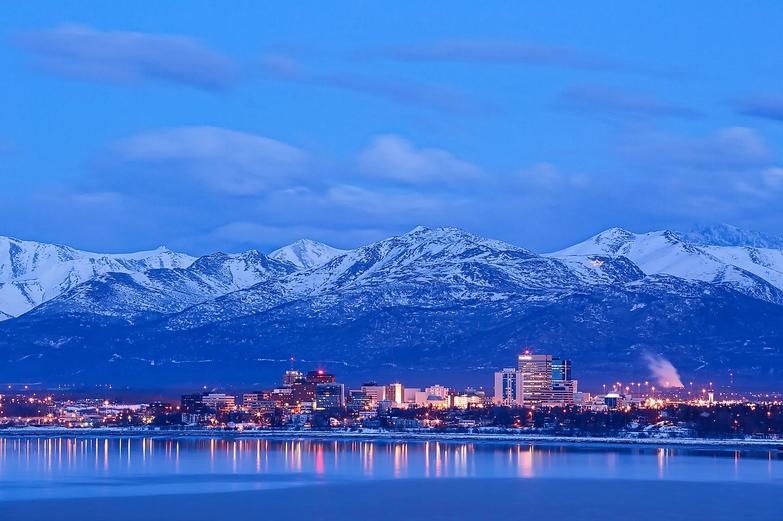
The 1964 earthquake devastated much of Alaska, but Anchorage’s port infrastructure survived. This survival was critical, cementing its role as the dominant transportation and shipping hub for Alaska. While other regional ports were damaged or destroyed, Anchorage’s harbor remained operational, allowing it to capture further economic and logistical importance.
The discovery of oil at Prudhoe Bay in 1968 spurred another wave of growth. Although Anchorage was not directly located on the oil fields nor on the oil pipeline route to Valdez, it emerged as the central administrative and logistical hub supporting the oil industry. The extreme northern oil fields demanded centralized services, offices, and housing that Anchorage could provide. This role reinforced Anchorage’s dominance, given its already established size, infrastructure, and economic base that smaller northern communities could not rival.
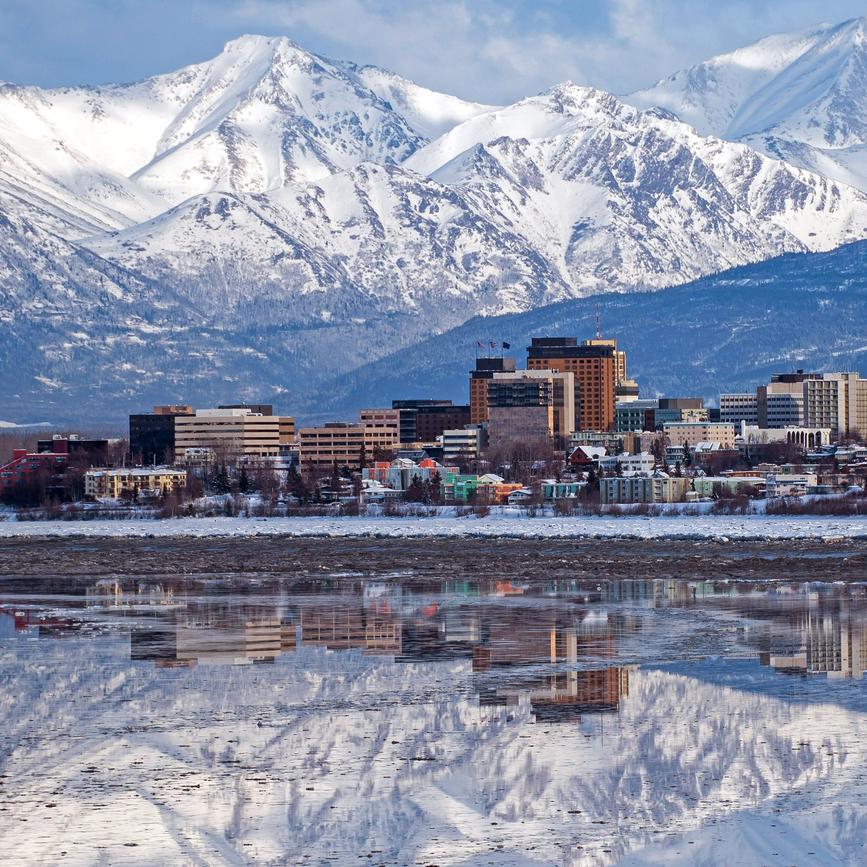
- Anchorage was founded in 1914 alongside the Alaska Railroad, positioned to use a deepwater harbor.
- Its World War II military build-up transformed it into a key strategic hub with Fort Richardson and Elmendorf Field.
- Cold War proximity to the USSR further deepened military and economic significance.
- The 1964 earthquake spared Anchorage’s port, boosting its role as a regional transportation center.
- The 1968 Prudhoe Bay oil boom expanded Anchorage’s economic dominance as a logistical hub.
This combination of transportation access, military investment, disaster resilience, and economic opportunity turned Anchorage into the largest northern settlement by a substantial margin. Today, the Anchorage area houses over half of Alaska’s population, underscoring its unique role in the region’s development.
How did Anchorage become so much larger than any other settlements in northern North America?
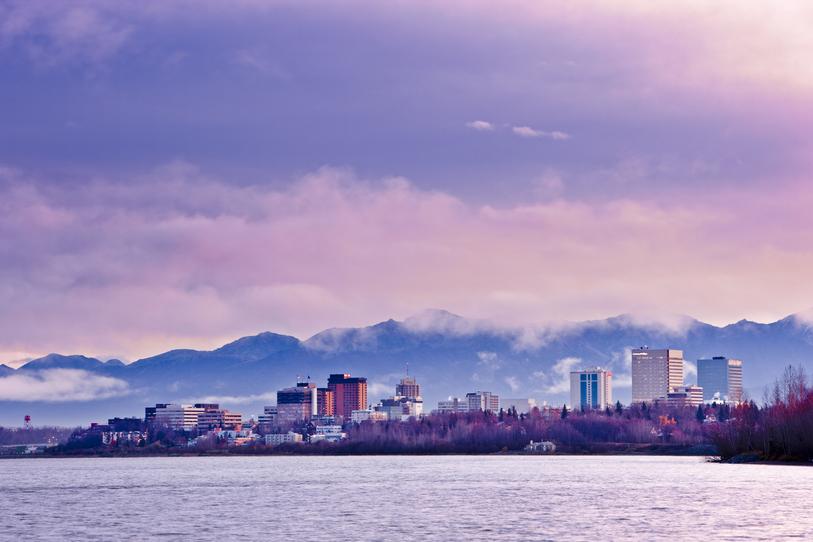
Anchorage became the largest settlement in northern North America due to a perfect storm of strategic location, military buildup, transportation infrastructure, and economic developments—especially tied to railroads, World War II, Cold War defense, natural disasters, and the oil boom. Let’s dive into the juicy details behind this remarkable rise.
Picture this: Anchorage, a city only founded in 1914, housed a mere 3,495 people by 1940. Today, it contains more than half of all Alaskans. How did this young city explode to such dominance, dwarfing its northern neighbors like Fairbanks or Juneau? The answer is multifaceted but clear when you track its growth story.
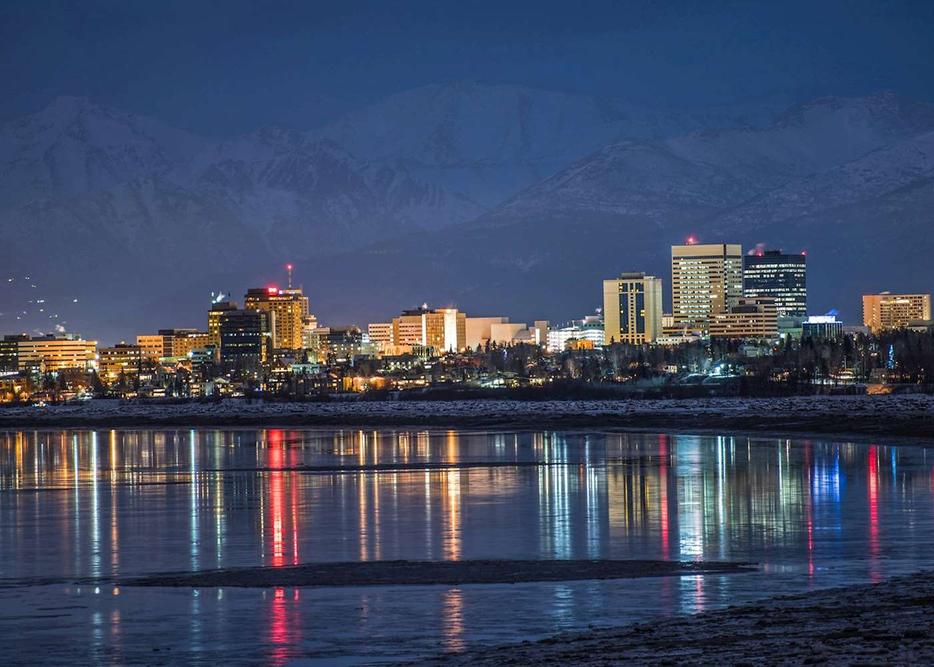
A Railroad Baby with a Harbor
Anchorage’s birth happened because of the Alaska Railroad. The railroad connected Fairbanks, a mining center deep in the interior, to Seward, a year-round ice-free port. Anchorage was strategically pinned along this railroad route, benefiting not only from the rail access but also from a naturally sheltered harbor.
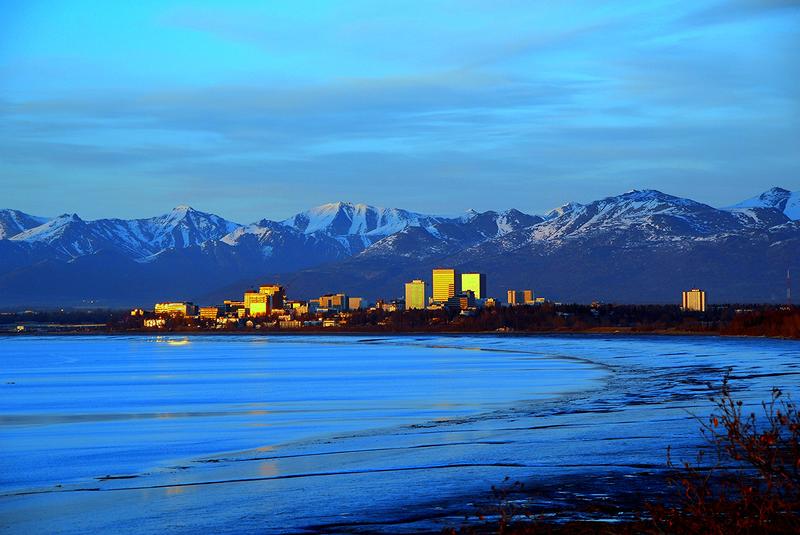
By 1923, once the railroad was completed, Anchorage morphed into an important railroad town. But don’t get excited yet. It was still roughly the size of Fairbanks and smaller than Juneau or Ketchikan in 1940.
World War II: The Military Rocket Fuel
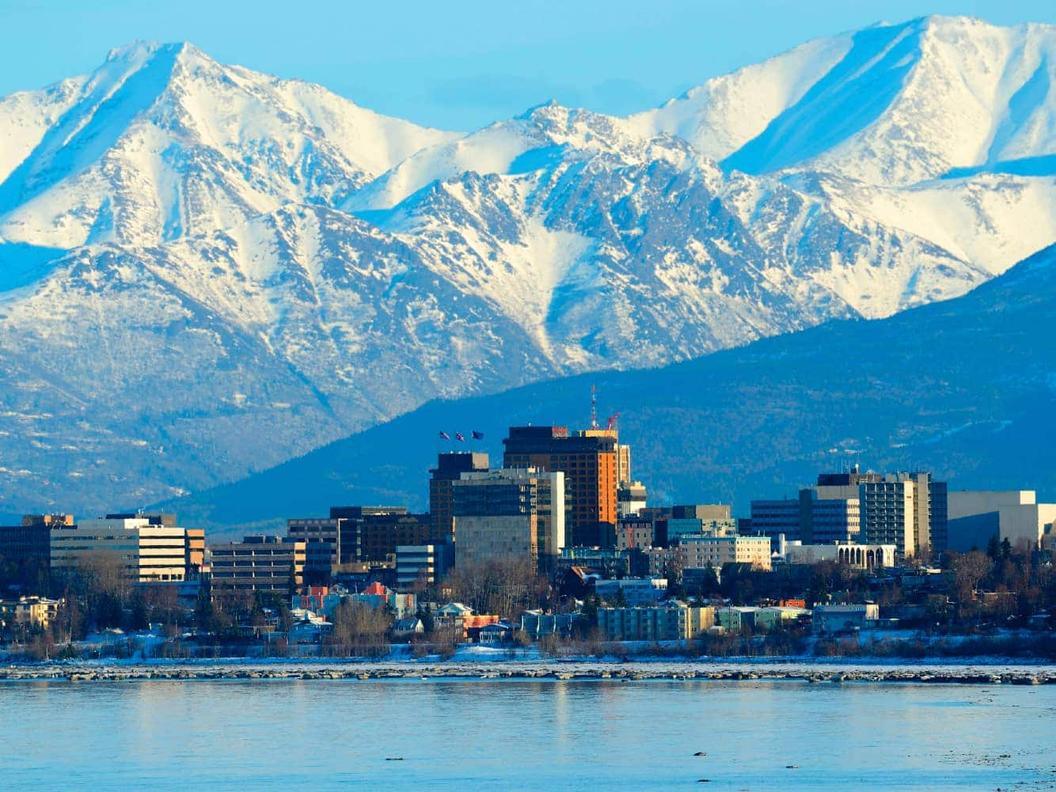
The real game-changer was World War II. Alaska’s location is a gem on any military map—it’s a strategic crossroads between Asia and North America, accessible by sea and air routes. Prior to the late 1930s, the U.S. barely had a military footprint there. But rising tensions with Japan ignited a massive military buildup.
Anchorage’s geography made it ideal for military infrastructure. Two major installations emerged: Fort Richardson (an Army base) and Elmendorf Field (an airfield). The protected harbor and surrounding mountains enhanced its appeal as a military hub.
“By 1945, Anchorage’s population ballooned to about 70,000, mostly temporary military personnel — a twentyfold increase in just five years!”
This influx wasn’t just numbers; it put Anchorage on the map economically and infrastructurally. Civilian support services, housing, and industries blossomed. Postwar, the population didn’t plunge back to a tiny number like in many other boomtowns—instead, it stabilized at just over 11,000 by 1950, nearly doubling Juneau’s population.
The Cold War Keeps Anchorage Hot
Fast forward to the Cold War. Anchorage’s proximity to the USSR made it a linchpin in US defense strategies. Elmendorf Air Force Base turned into a crucial component of the North American air defense system.
The city’s economy revolved around military spending. By 1960, Anchorage’s population soared to 44,000—over three times larger than Fairbanks. The civilian airport also developed into a hub for cargo and passenger flights linking Asia and North America, reinforcing Anchorage’s role in global trade and transportation.
The 1964 Earthquake: Disaster Breeds Opportunity
The Great Alaska Earthquake of 1964 was devastating to much of the region. Remarkably, the port of Anchorage was the only critical harbor in the area that survived. This survival was a seismic shift in Anchorage’s favor. With many competitors’ ports damaged or destroyed, Anchorage cemented itself as the dominant shipping and transportation hub in Alaska.
The Oil Boom: Anchorage as the Administrative Brain
The 1968 discovery of oil at Prudhoe Bay unleashed an economic boom. Although the massive Trans-Alaska Pipeline ended at Valdez—not Anchorage—the northern oil fields were remote and inhospitable. Anchorage’s existing infrastructure, population, and services made it the natural center for logistics, administration, and support activities.
In essence, Anchorage became the command post for Alaska’s oil economy. Its size and economic strength created a self-reinforcing cycle—businesses, government agencies, and services concentrated there, making it difficult for other northern settlements to compete.
Summary: The Right Place, The Right Time, and The Right Role
- Anchorage was born from railroad construction, leveraging a strategic harbor location.
- Military buildup during WWII and the Cold War supercharged its growth and economy.
- Its port’s survival of the massive 1964 earthquake secured its dominance in transport and shipping.
- Anchorage’s infrastructure and economy became critical during the 1968 oil boom as Alaska’s administrative hub.
So, did Anchorage just get lucky? Well, yes… and no. Its unique geography provided opportunities. But it’s the smart use of those advantages—rail access, military importance, port resilience, and economic hubs—that fostered sustained growth. Other northern settlements couldn’t match these combined factors.
Anchorage’s surge reminds us how a city can rise quickly when multiple forces align. Military strategy, natural disaster resilience, economic opportunity—all brewed together like an Alaskan storm. And it’s still the largest northern city because it sits at the crossroads of history and geography, continuing to serve as Alaska’s beating heart.
What lessons can other small towns learn? Sometimes, it pays to be in the right place **and** ready to pivot when change comes knocking with railroads, wars, or oil booms.
